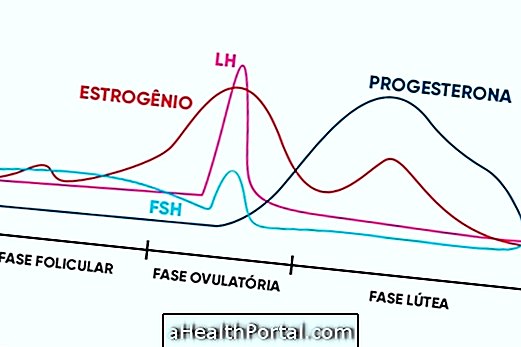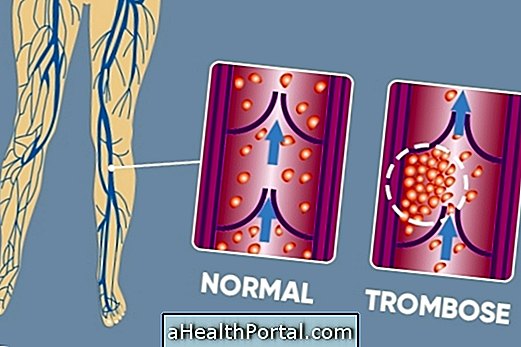Respiratory physiotherapy is a specialty of physiotherapy aimed at the prevention and treatment of virtually all diseases affecting the respiratory system such as asthma, bronchitis, respiratory failure and tuberculosis, for example. It should always be performed by the physiotherapist at home, in the clinic, in the hospital or at work.
Respiratory exercises are also critical to improving breathing and mobilizing ventilatory muscles. In addition, respiratory physiotherapy can also be done in the Intensive Care Unit (ICU), including when the patient is intubated, that is, breathing with the aid of devices.
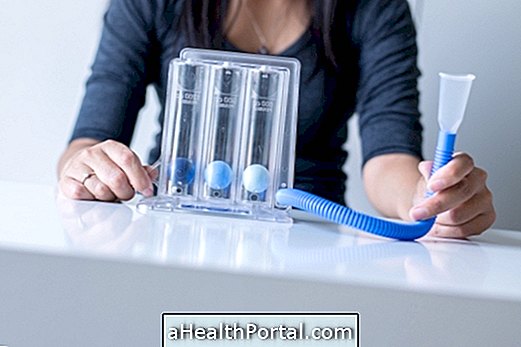
How to do respiratory physiotherapy
Some examples of respiratory physiotherapy to increase lung capacity in case of respiratory distress, for example, are:
- Lie on your side on a sloping surface where your legs and feet stay higher than the trunk, which helps to eliminate secretions;
- Sitting on a chair, hold a ball or stick in front of the body and inspire to raise the ball above the head and when exhaling, return with the ball in the center;
- Stand up, place your hands in front of you and inhale deeply through your nose as you open your arms horizontally (like Christ the Redeemer) and blow the air slowly through your mouth as you bring your arms back in front of your body.
The exercises should be performed slowly, in no hurry, and can be repeated about 5 to 10 times. However, the physiotherapist can indicate in person which exercises are most suitable for each situation.
What is respiratory physiotherapy?
This type of physiotherapy serves to improve the supply of oxygen to the whole body. The goal will always be to release the airways from secretions and increase the lung's lung capacity, which may be useful after cardiac, thoracic or abdominal surgery to prevent pneumonia and atelectasis, for example.
Some specific examples of the performance of cardiorespiratory physiotherapy are:
1. Respiratory physiotherapy in pediatrics
Respiratory physiotherapy can be performed even in childhood within pediatrics and neonatology whenever necessary because children are also susceptible to the onset of diseases such as pneumonia and bronchiolitis and respiratory physiotherapy may be indicated to treat these and other diseases in order to improve gas exchange and thus facilitate breathing of these.
2. Outpatient respiratory physiotherapy
Ambulatory respiratory physiotherapy is one that is practiced in clinics to treat and provide relief from chronic diseases such as asthma and heart-related diseases. Depending on the physician's orientation, it should be performed 1 to 2 times a week indefinitely until the individual's respiratory capacity is normalized.


3. Hospital Respiratory Physiotherapy
Hospital respiratory physiotherapy is the one practiced in hospital rooms when the patient is hospitalized and sometimes bedridden. In this case, physical and respiratory physiotherapy is indicated during hospitalization, and even if he has no respiratory disease, he should do at least one session of respiratory physiotherapy daily in order to prevent the onset of respiratory diseases and improve pulmonary function.
4. Home respiratory physiotherapy
Respiratory home physiotherapy is indicated after the patient is discharged from the hospital, but is still recovering from respiratory disorders or from cardiac events, such as an infarction. This can be done 1 or 2 times a week under the guidance of the home care physiotherapist, but the individual should be encouraged to practice the cineinespiratory exercises daily.
To do this, the physiotherapist can use devices that mobilize the secretion, fluidize and facilitate their removal, such as the flutter and nebulizer, and indicate exercises that stimulate forced breathing.
Key Benefits of Respiratory Therapy
The main benefits of respiratory physiotherapy include:
- Improvement of gas exchange;
- Greater pulmonary expansion;
- Release of lung and airway secretions;
- Adequate clearing of airways;
- Decreases hospital stay;
- Facilitates the arrival of oxygen throughout the body;
- Fights the difficulty to breathe.
Some strategies used to achieve these benefits are maneuvers of postural drainage, manual thoracic pressure, percussion, vibration, vibrocompression, coughing, and aspiration of the upper airways.
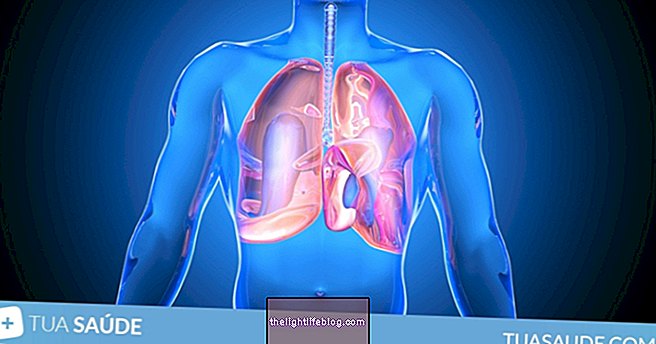

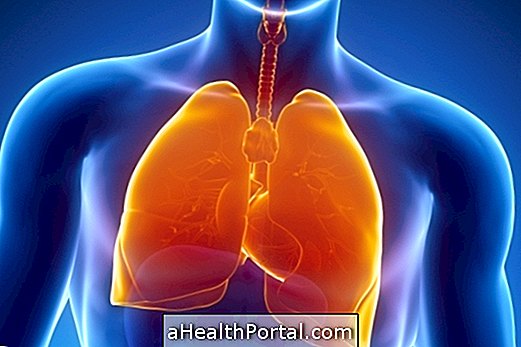
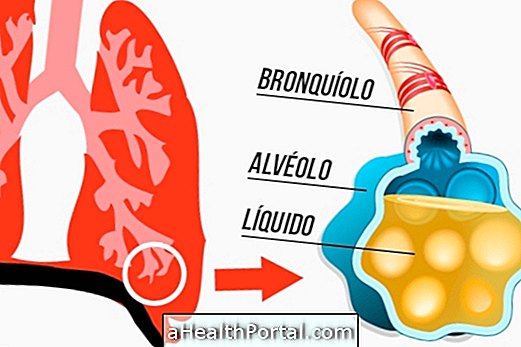






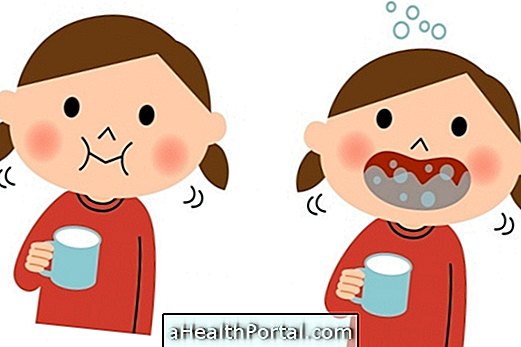
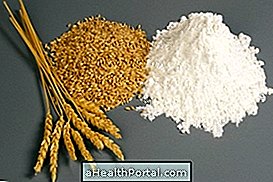

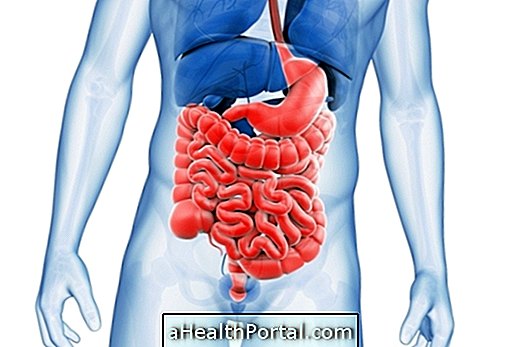


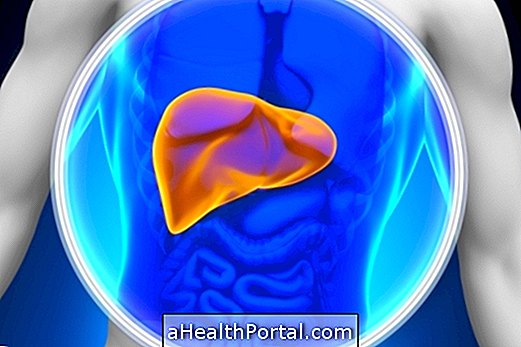

-o-que-so-tipos-e-para-que-servem.jpg)

